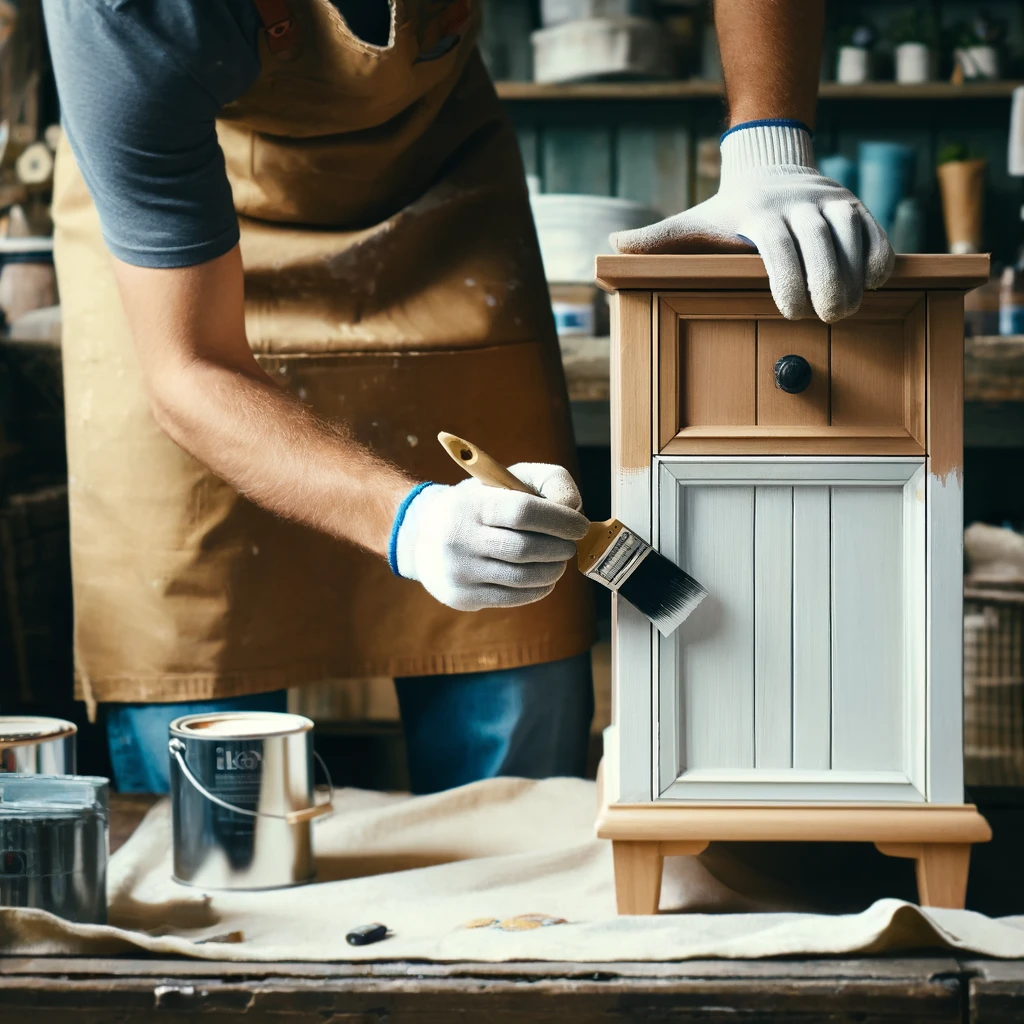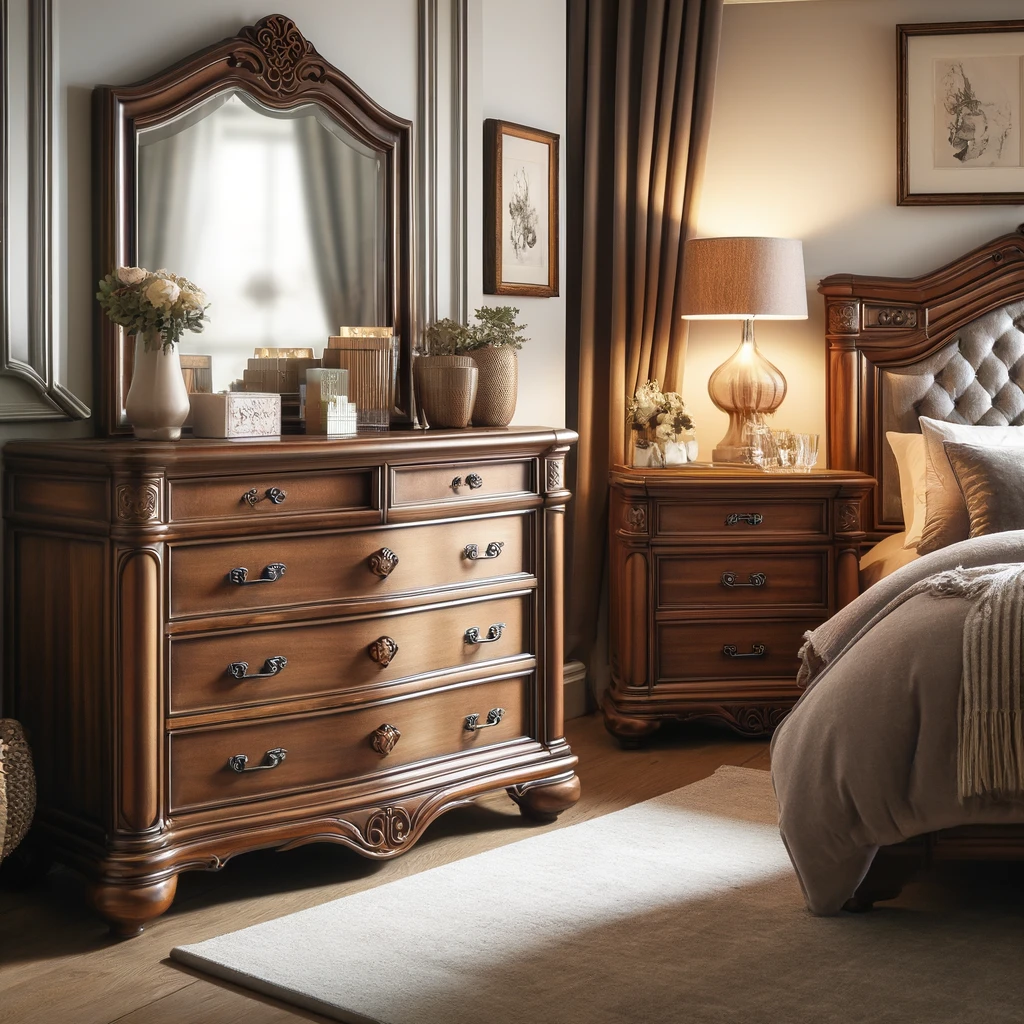**Disclosure:** We believe in honesty and transparency to the fullest extent. Some of the links on this blog are affiliate links, meaning, at no additional cost to you, we will earn a commission if you click through and make a purchase. This is one of the simplest ways you can support us.

In a world where fast fashion and mass-produced goods dominate, the art of restoring and selling old furniture is a refreshing change. Not only does it breathe new life into once-cherished pieces, but it also provides an opportunity for entrepreneurs to make a profit while preserving history. In this blog article, we’ll explore the art of revival, including where to find old furniture, how to strike a balance between preserving originality and updating for contemporary appeal, pricing and selling restored furniture, and important marketing and legal considerations.
Where to Find Old Furniture
1. Garage Sales and Estate Sales: These are excellent sources for finding hidden gems. Be prepared to dig through clutter and haggle for a good price.
2. Thrift Stores and Antique Shops: Thrift stores often have a wide selection of old furniture, while antique shops may carry more valuable and rare pieces.
3. Online Marketplaces: Websites like Craigslist, eBay, and Facebook Marketplace are great places to find old furniture. Be cautious of scams and inspect items thoroughly before purchasing.
4. Auctions: Auctions can be a great way to find unique and high-quality pieces. However, be prepared to bid against other buyers.
Balancing Originality and Contemporary Appeal

Restoring old furniture requires a delicate balance between preserving originality and updating for contemporary appeal. Consider the following:
1. Assess the Condition: Evaluate the piece’s structural integrity, upholstery, and hardware. Decide what needs to be repaired or replaced.
2. Preserve Original Features: Retain original hardware, dovetail joints, and other unique details that add value and character.
3. Update for Functionality: Consider adding modern conveniences, such as USB ports or hidden storage, to make the piece more functional for today’s buyers.
4. Maintain Authenticity: Avoid over-restoring or altering the piece beyond recognition. Keep the original patina and wear marks to preserve its history.
Pricing and Selling Restored Furniture
1. Research the Market: Study the prices of similar restored furniture to determine a fair market value.
2. Consider the Cost of Restoration: Factor in the time, materials, and labor spent on restoring the piece.
3. Price Competitively: Set a price that is competitive with similar pieces, but also takes into account the piece’s unique features and condition.
4. Showcase the Piece: Use high-quality photographs and detailed descriptions to highlight the piece’s unique features and craftsmanship.
Marketing and Legal Considerations

1. Know Your Target Audience: Understand the demographics, preferences, and buying habits of potential customers.
2. Create a Strong Online Presence: Utilize social media, online marketplaces, and a website to showcase your restored furniture.
3. Ensure Legal Compliance: Obtain any necessary permits or licenses to operate your business, and ensure that you comply with local regulations.
4. Protect Yourself: Use clear contracts, obtain insurance, and document all transactions to protect yourself from potential legal issues.
In conclusion, restoring and selling old furniture requires a combination of creativity, business acumen, and attention to detail. By following these guidelines, you can breathe new life into once-cherished pieces, preserve history, and make a profit while doing so. Remember to balance originality and contemporary appeal, price competitively, and prioritize marketing and legal considerations to ensure success in the world of restored furniture.










